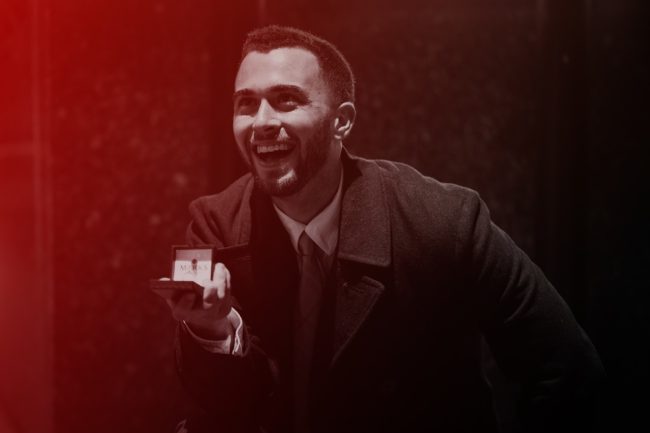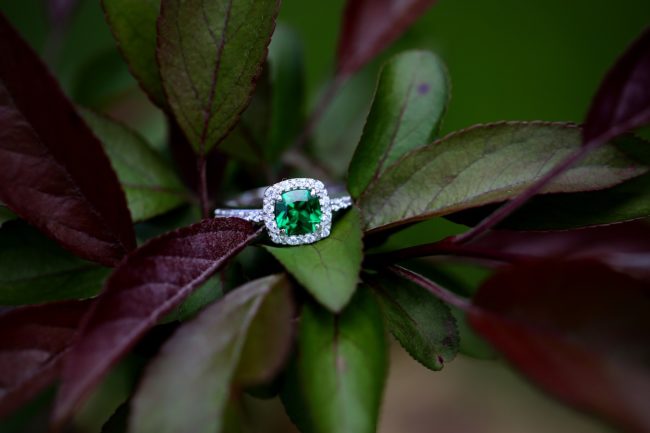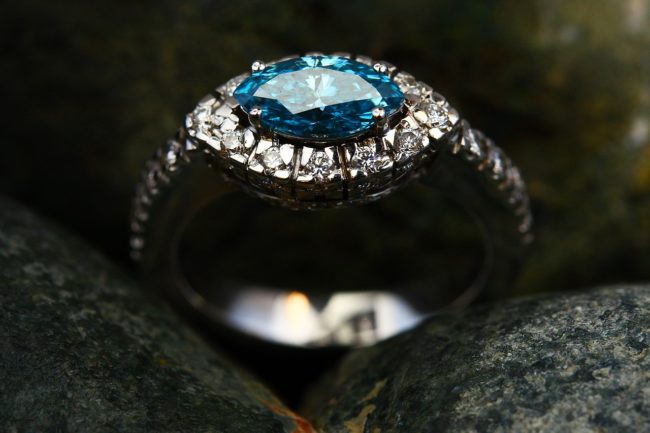While 2020 is sure to be memorable for many reasons, the year you get engaged is sure to be a special one that you remember for your lifetime. Your engagement ring should reflect this, being a token of your love for each other and – preferably having unique qualities that are all its own. But diamond rings are traditional – how can you have a unique engagement ring while stick adhering to the custom of having a diamond as a symbol of your unbreaking love for one another?
The Classic Clear with a Difference
If you love the look of a classic diamond complete with the recommended white gold or platinum setting, you can still have those in 2020, but design the ring and the setting yourself, so that your classic look diamond ring is truly unique and reflects something of your personality and preferences while being firmly traditional – the best of both worlds.
Color Burst!
But 2020 is breaking the molds in more ways than one, and this has already been seen in the choice of colorful diamonds becoming more fashionable and popular, with the general population and celebrities alike. Colored diamonds were originally eschewed as being tainted or flawed, but in fact, they are sometimes even rarer than good quality very transparent (D-grade) diamonds. With all diamonds, clarity, cut, and carat-weight is as important as color: a good impartial guide can be found here: www.pricescope.com/wiki/diamonds/diamond-color. The lightest noticeable coloring is usually rated around L, with the deepest shades coming in at X, Y and Z. Let us have a look at some of the more popular colors:

Yellow and Brown: when the diamond is forming, the introduction of nitrogen into the carbon mixture can result in a diamond that can range from cola brown to canary yellow, with various gradations of color from the palest hint of brown or yellow to a deep and unmistakable shade.
Pink: Orlando Bloom and Katy Perry’s engagement announcement introduced their choice of soft pink diamond to the world and kicked off a little trend for pink diamonds that is holding steady as more and more people are drawn to the attractive shades. Pink is an unusual shade in diamonds as the color is not caused by the introduction of a new element, but rather because of a distortion in the way the diamond is formed. Pink diamonds are formed under more than usual pressure and the resulting distortion in the lattice structure of the crystal makes the light reflecting out of the diamond appear to be pink – in much the same way that water appears to be blue.

Green: Naturally green diamonds are rare because the green color is usually caused by the presence of a radioactive substance (uranium or thorium) which is at the right stage of decay as the diamond crystal is forming. Even when this set of circumstances coincide, often the green coloration only affects a thin layer on the ‘skin’ of the diamond and only in rare instances is the color saturated throughout the diamond. Despite their dangerous-sounding antecedents, green diamonds are very safe to handle and wear, the radioactivity having long ago been spent.
Blue: Often mistaken for sapphires, blue diamonds are caused when a touch of boron contaminates the diamond as it forms. Natural blue diamonds are very rare, as it is surmised that they can only form very deep underground, so their successful ascent and discovery is rather more fortunate than stones that are found closer to the surface.

These are the most common colors of diamond: with ‘common’ being something of a misnomer as all colored diamonds are actually very rare. The beauty of using colored diamonds rather than the traditional clear ones is that they can be teamed with yellow gold for a warmer, more intimate and friendly engagement ring, if you find the classic combination of lighter gold and icy diamonds a bit cold and unfriendly. All diamonds, no matter their color, can unleash that inner fire that makes diamonds so popular with lovers and investors alike.

